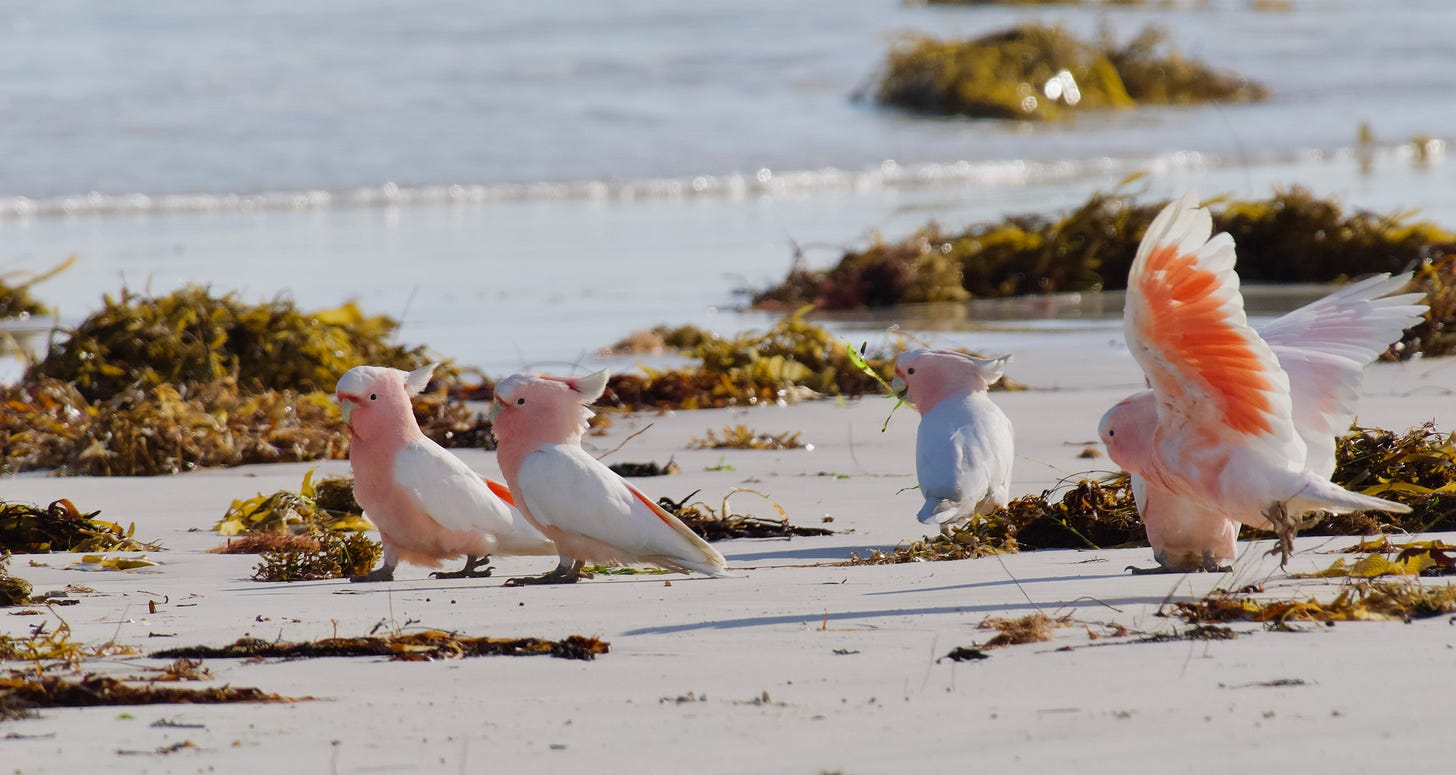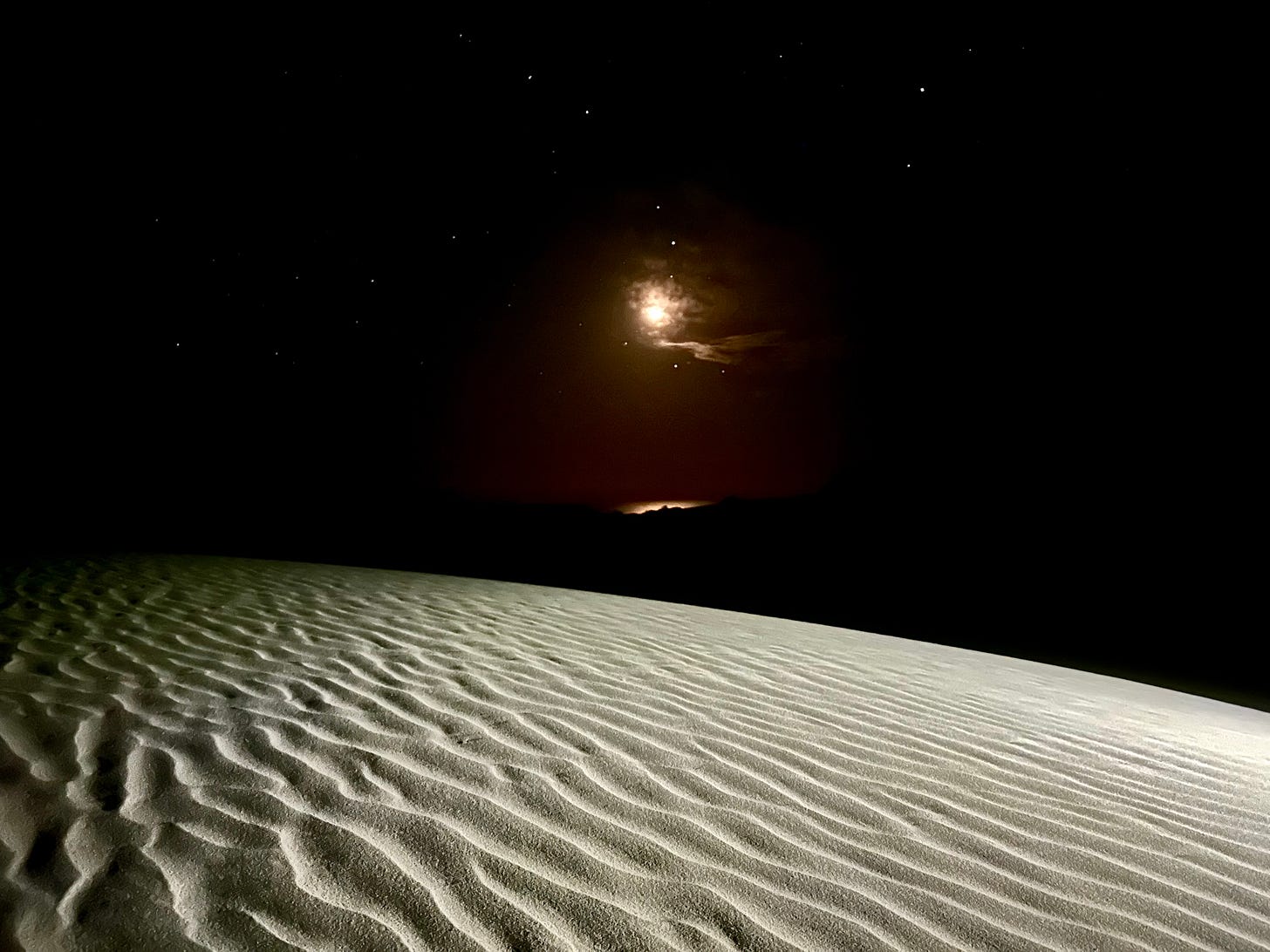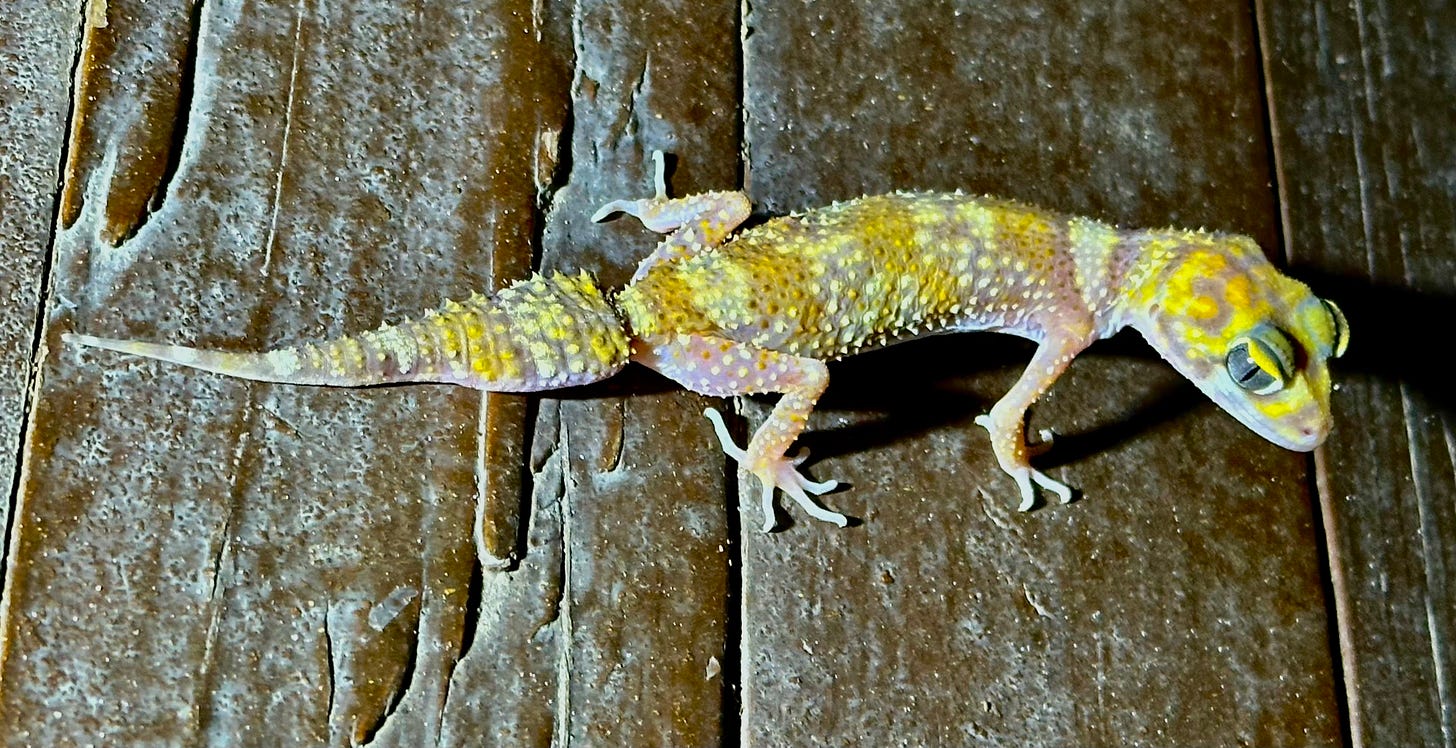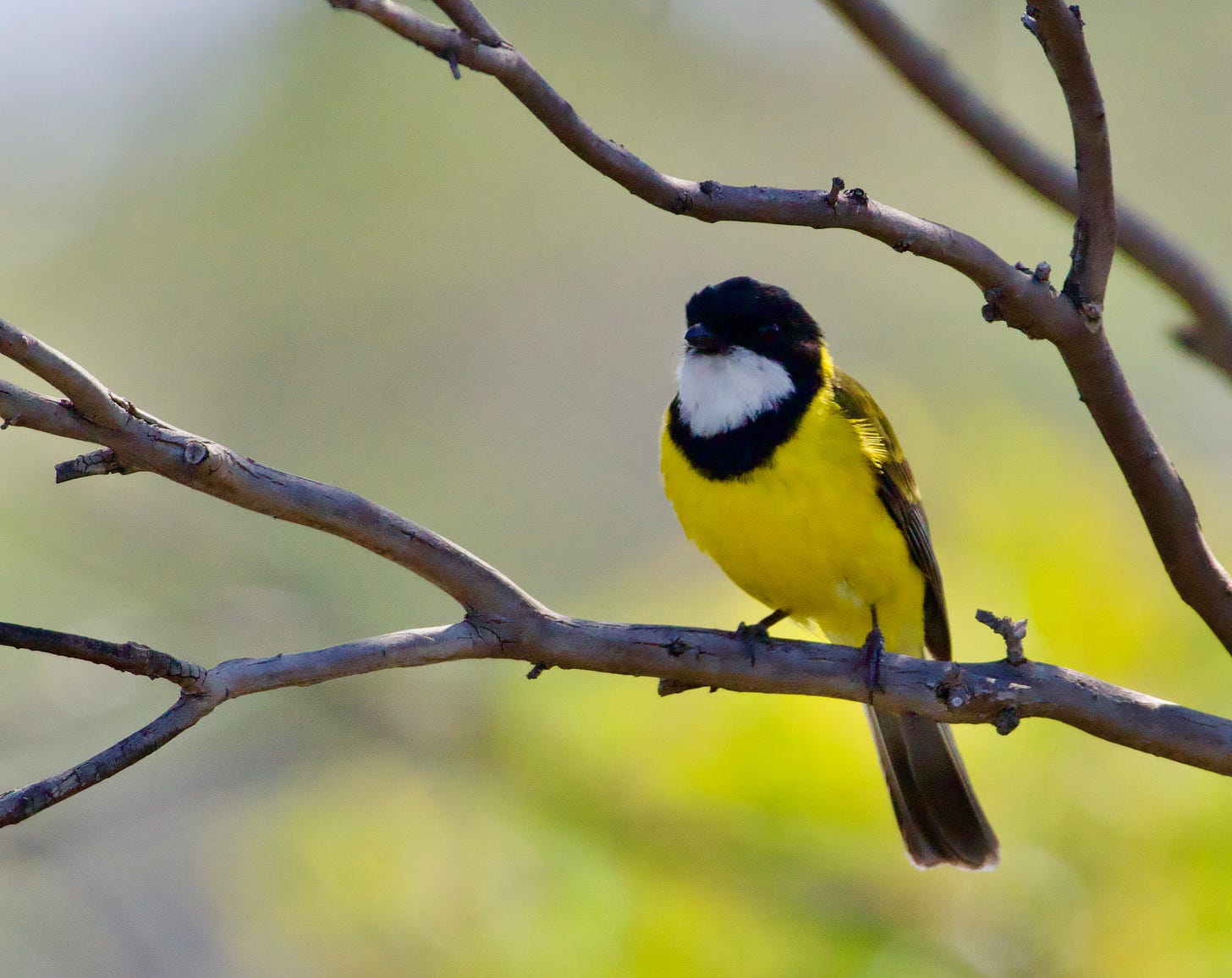Eyre Bird Observatory
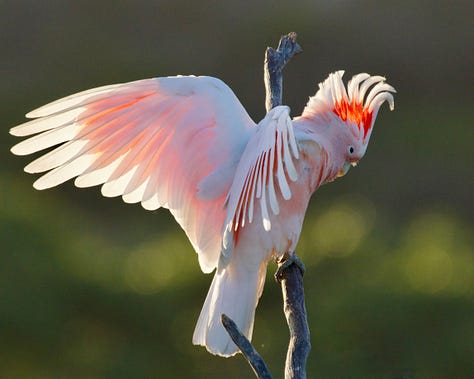
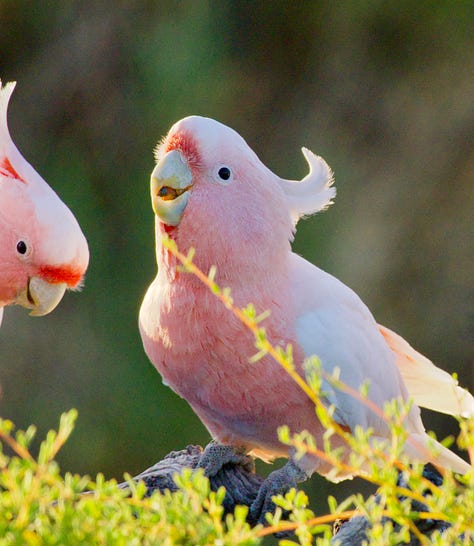
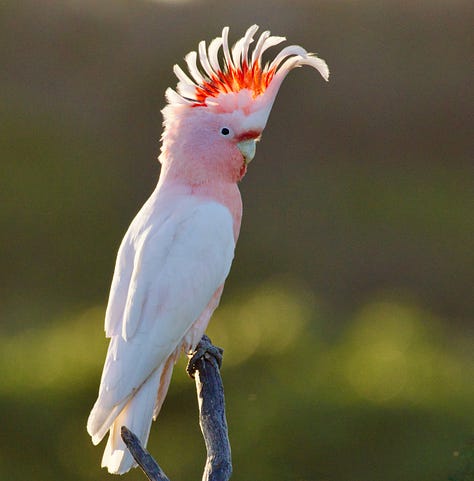
No trip called Travels with Birds would be complete without a visit to the Eyre Bird Observatory. Not easy to get to. It’s in south-eastern Western Australia, 1120 km from Perth, between the Nullarbor Plain to the north and the Great Australian Bight to the south, and is part of the Nuytsland Nature Reserve. The drive in is in three parts: the dirt road from the highway to the lookout carpark where we left our camper; the 4WD descent down the scarp; and the long sandy, single vehicle track over dunes to the observatory itself.
We stayed in the heritage-listed 1897 telegraph station, hosted by volunteer caretakers, Kay and David. The Observatory was established by Birdlife Australia in 1977 (co-incidentally, the same year as our last trip across the Nullarbor, on our honeymoon!) The Observatory provides a base for studying and enjoying the birds in the area. While being one of the least populated places in Australia, over 240 species of birds have been seen here.
As well as doing most of the walks, we took part in a shore-bird survey, monitoring of Malleefowl nest sites, and night-time astro-photography from the top of the sand dunes.
It wasn’t all birding though. After camping and enjoying each other’s company for 69 days (but who’s counting?) it was a pleasure to be with other people and chat about their birding and travel experiences. And share a glass or two of wine while watching the Pink Cockatoos come in each evening for a drink and acrobatic antics.
And we saw more than birds! Lizards and geckoes, cockroaches, but no snakes. We enjoyed Kay’s cooking and David’s stories and meeting the other guests.
Leaving EBO we started the long trek back east across the Nullarbor Plain, revisiting Koonalda Homestead.
Back in South Australia we stayed at Fowler’s Bay, which is well, sort of interesting. The drive in was one of the worst we’ve experienced - so many corrugations - and through yet more salt lakes to a coastal fishing settlement.

We enjoyed a few hours of calm seas, 38C temperature and chatting with people fishing on the jetty until the wind changed, and blew and blew. We then endured two days of 16C with howling winds laced with sand. Fowler’s Bay is nestled between the sea and huge sand dunes. The sand dunes will eventually win.
At least we found another two new birds (for this trip) - this immature Sharp-tailed Sandpiper, known as Sharpies (in fact, there were lots of them, feeding at the margins between the seaweed and the sea) and this Sanderling. Both birds are nearly impossible to see against the seaweed background, part of their defence. They breed in northern Asia, eg Siberia, and return in the late spring.
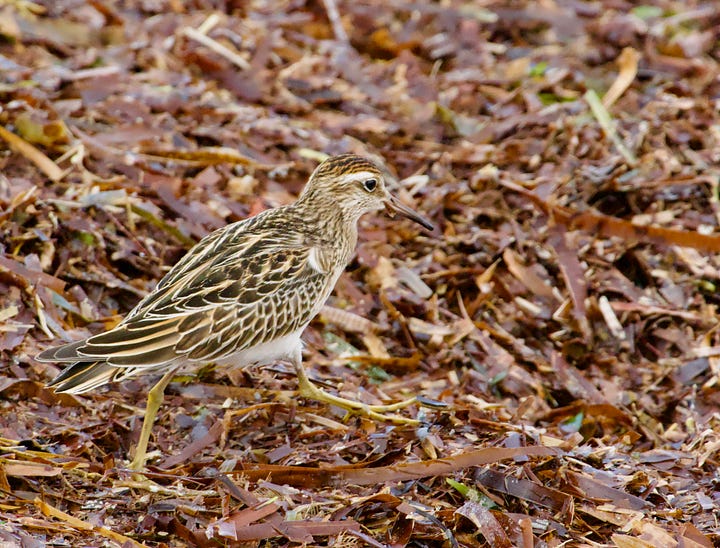

Our last bird from the Eyre Bird Observatory, a Western Whistler (formerly part of the Golden Whistler group).
We’re on our way to the Flinders Ranges, so stay tuned for yet another picturesque landscape with the potential for different birds and beasties.






